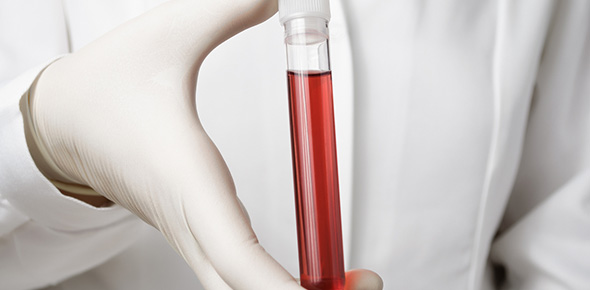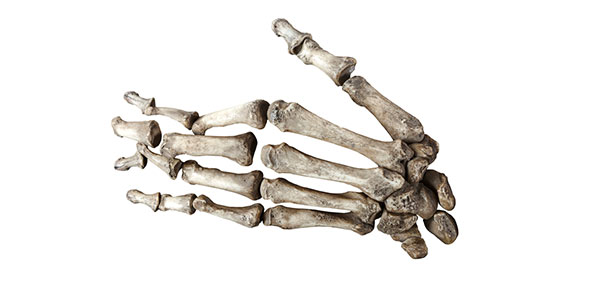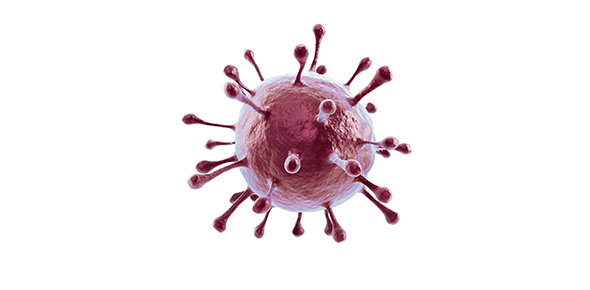Related Flashcards
Related Topics
Cards In This Set
| Front | Back |
|
Cell Theory:_________________________
|
Basic
structural & functional unit of life
|
|
Plasma Membrane:____________________
|
Separates
intracellular from extracellular fluids
|
|
Active Transport:_____________________________
|
Uses
ATP to move solutes across membranes, requires carrier proteins
|
|
Passive Transport:___________________________
|
Simple
diffusion; diffuse directly thru lipid bilayer and channel proteins
ie.
Osmosis, filtration
|
|
__________: 20% outer membrane surfaceMay function as stable platforms for cell-signaling molecules
|
Lipid rafts
|
|
Membrane junction:size of junction determines what types of material will diffuse through
________: impermeable junction (prevent fluids and most molecules from moving btwn cells) ________: anchoring (anchor cells together) ________: nexus allowing chemical substances to pass between cells |
Tight
junction
Desmosome Gap junction |
|
_____________: Transport of large particles, macromolecules,
and fluids across plasma membranes Requires _________ (e.g., ATP)
|
Vesicular Transport
cellular energy |
|
Functions:
1. ________—transport out of cell 2. ________—transport into cell 3. ________—transport into, across, and then out of cell 4.__________—transport from one area or organelle in cell to another 5. ____________: pseudopods engulf solids and bring into cells |
1.Exocytosis
2.Endocytosis 3. Transcytosis 4. Substance (vesicular) trafficking 5.Phagocytosis |
|
Cytoplasmic components:
___________:Provide most of cell’s ATP via aerobic cellular respiration ________:Membranous sacs containing powerful oxidases and catalases.Detoxify harmful or toxic substances ________:Spherical membranous bags containing digestive enzymes ________:Interconnected tubes and parallel membranes enclosing cisternae _________:Modifies, concentrates, and packages proteins and lipids |
Mitochondria
peroxisome lysosomes endoplasmic reticulum Golgi apparatus |
|
Cytoskeleton:
_______:Determine overall shape of cell and distribution of organelles _______:Involved in cell motility, change in shape, endocytosis and exocytosis ____________: Resist pulling forces on the cell and attach to desmosomes |
Microtubules
microfilaments intermediate filaments |
|
_______:function in motility
________:small tube formed by microtubules ________:increases surface area of cell for absorption ______:move substances across cell surfaces _______: Genetic library with blueprints for nearly all cellular proteins |
Motor
molecules
Centrioles Microvilli Cilia Nucleus |
|
DNA
replication: _________
Mitosis: ____________
Cytokinesis: __________ |
Cell division
nuclear division division of cytoplasm |
|
______:Chromosomes become visible, each with two chromatids
joined at a centromere.Centrosomes
separate and migrate toward opposite poles.Mitotic spindles and asters form
|
Prophase
|
|
_________:Centromeres
of chromosomes are aligned at the equator.This plane midway between the poles is called
the metaphase plate
|
Metaphase
|
|
_________:Shortest phase.Centromeres
of chromosomes split simultaneously—each chromatid now becomes a chromosome.Chromosomes (V shaped) are pulled toward
poles by motor proteins of kinetochores.Polar microtubules continue forcing the poles
apart
|
Anaphase
|







